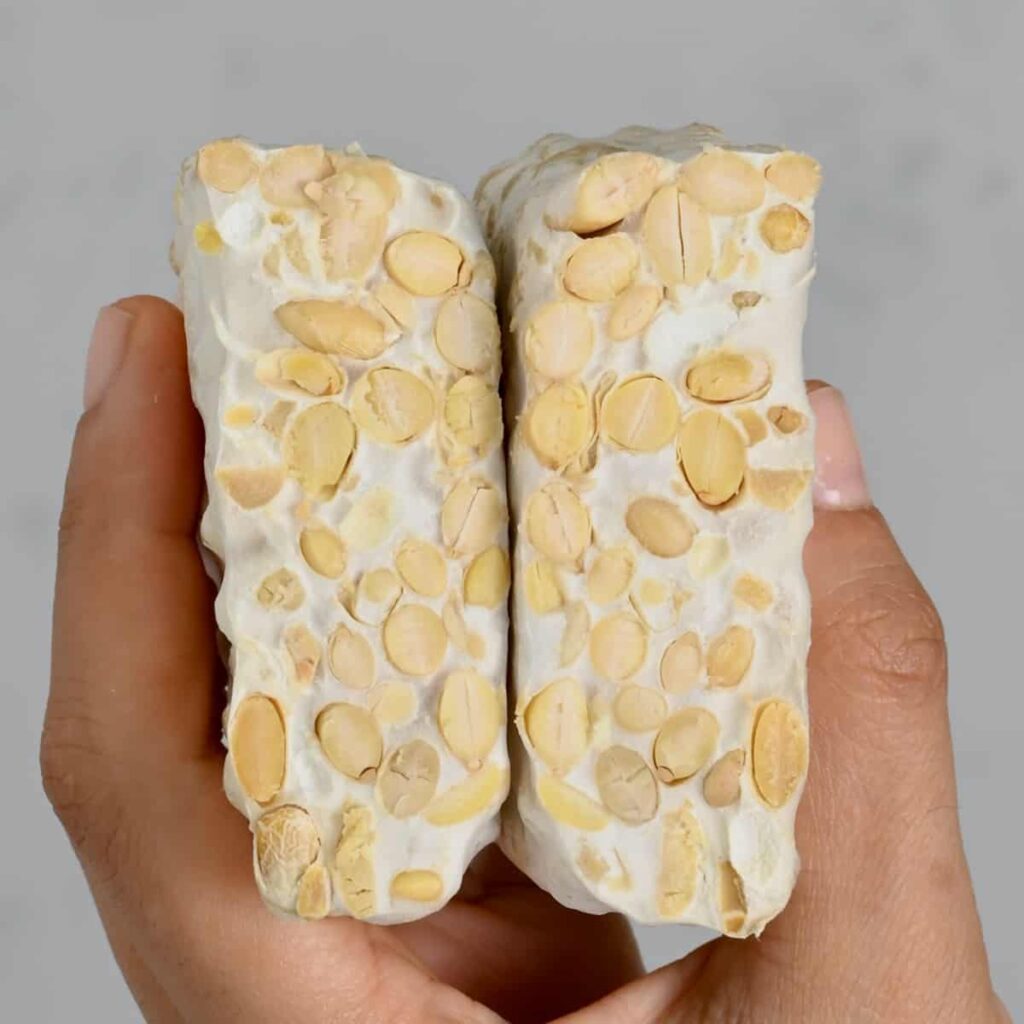Tempeh, a fermented soybean cake packed with protein and probiotics, holds a special place in Malaysian cuisine. From its humble beginnings to its diverse culinary applications, tempeh offers a unique flavor and texture experience that has captured the hearts (and stomachs) of Malaysians for generations. Let’s discover why tempe is prevalent in some iconic Malaysian dishes.
Tempe’s Journey to Malaysia
Tempeh’s origins in Malaysia remain unclear, but its presence dates back centuries, likely introduced by Indonesian traders. Initially, it was a staple food in rural communities, valued for its affordability and nutritional content. Over time, tempeh gained popularity throughout the country, becoming a versatile ingredient in various regional dishes.
The traditional production process involves soaking, dehulling, and cooking soybeans. The cooked beans are then inoculated with the mold Rhizopus oligosporus, triggering a fermentation process that binds the beans into a cake-like form. This fermentation enhances the beans’ digestibility, increases their nutritional profile, and imparts a distinct nutty flavor and aroma.

Diverse Uses of Tempeh in Malaysian Cuisine
Tempeh’s adaptability shines in Malaysian cuisine. Its firm texture allows for various cooking methods, from deep-frying to grilling, stewing, and even incorporating it raw into salads. Here are some highlights of its culinary journey:
- Protein Powerhouse: Tempeh features prominently in dishes like “tempe goreng” (fried tempeh), often served with peanut sauce or sambal. It’s also a popular ingredient in stir-fries, curries, and soups, providing a satisfying meaty texture and plant-based protein boost.
- Flavorful Fusion: Tempeh readily absorbs the flavors of spices and sauces, making it ideal for regional specialties. In Nyonya cuisine, it features in “otak-otak”, a flavorful fish paste grilled in banana leaves. In Kelantan, “nasi beriani” incorporates tempeh for a unique twist on the aromatic rice dish.
- Modern Interpretations: Today, tempeh finds its way into contemporary Malaysian cuisine. Vegan restaurants create innovative dishes like tempeh burgers and kebabs, while cafes offer tempeh salads and wraps, catering to health-conscious consumers.

Tempeh’s presence extends beyond its culinary significance. It represents a sustainable and affordable source of protein, particularly important in rural communities. Additionally, its production often involves small-scale, family-run businesses, contributing to the preservation of traditional food cultures.
Tempeh also holds cultural significance in certain communities. In Javanese traditions, it’s used in offerings during rituals and ceremonies. Its fermented nature carries symbolic meaning, representing transformation and renewal.
Tempeh’s journey in Malaysia is a testament to its adaptability and cultural significance. As Malaysians continue to explore its culinary potential, tempe promises to remain a cherished element of the country’s culinary scene.
Article curated by Farzana Iwani




